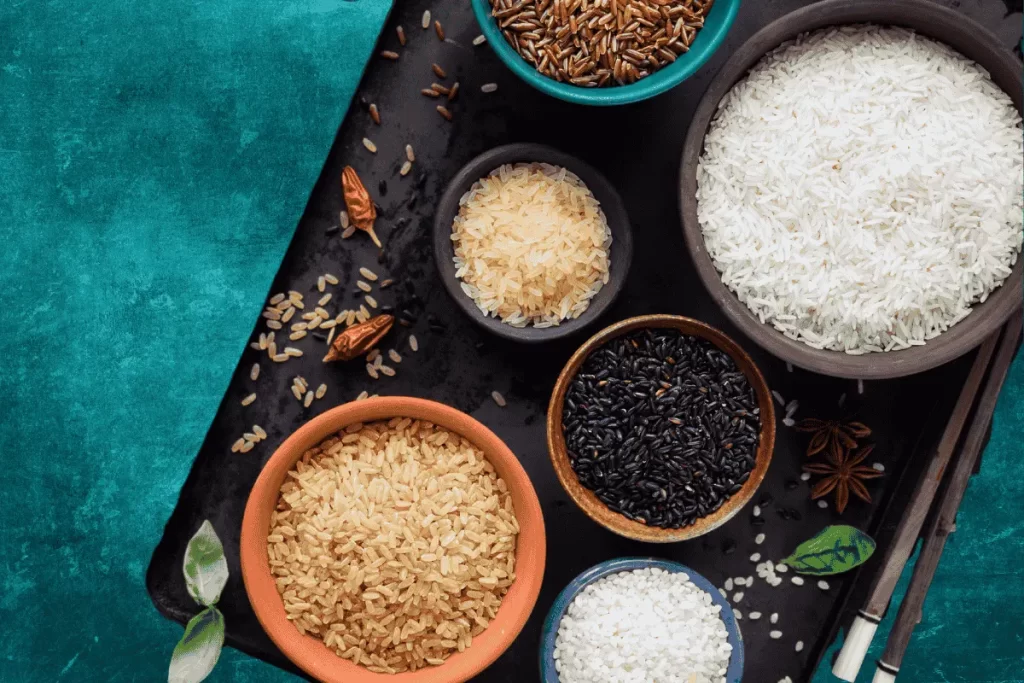From Paddy Fields to Global Tables: Navigating India’s Rice Export Procurement Process
India, the world’s second-largest producer and largest exporter of rice, plays a pivotal role in feeding nations across the globe. From the aromatic Basmati to various non-Basmati varieties, Indian rice is highly sought after for its quality and diverse characteristics. For aspiring rice exporters India, understanding the intricate rice export procedure is paramount to successfully navigating this high-demand market. This blog delves into the end-to-end India rice export procurement process, highlighting key steps and current market trends.
The journey of Indian rice to international markets begins long before it’s packed. It starts with meticulous sourcing from fertile paddy fields across states like Punjab, Haryana, Uttar Pradesh, and West Bengal. Exporters typically work with a network of farmers and rice mills, ensuring adherence to strict quality parameters right from cultivation. For premium Basmati rice export, factors like grain length, aroma, and aging are crucial, while non-Basmati rice focuses on consistent quality and variety-specific attributes.
The regulatory framework for agricultural exports India is robust. The first critical step for any exporter is obtaining the Import Export Code (IEC) from the Directorate General of Foreign Trade (DGFT), a mandatory requirement for all foreign trade activities. Following this, registration with the Agricultural and Processed Food Products Export Development Authority (APEDA) is essential, as APEDA governs the export of rice and other agricultural products. Exporters must also ensure their product meets the standards set by the Export Inspection Council of India (EIC) under the Export (Quality Control and Inspection) Act, 1963. This involves pre-shipment inspection and obtaining a Certificate of Origin and a Phytosanitary Certificate from the Indian Plant Protection Organization, confirming the rice is free from pests and diseases – a crucial aspect for international buyers concerned about food safety.
Market trends significantly influence procurement strategies. The global demand for Basmati rice continues to grow, particularly from the Middle East and European countries, where consumers increasingly prefer organic and premium varieties. This pushes exporters to focus on sustainable rice farming practices and quality certifications. Similarly, demand for various non-Basmati rice types from African and Southeast Asian nations remains strong, necessitating efficient logistics and competitive pricing.
Once quality rice is sourced and processed, the focus shifts to logistics and documentation. This involves proper packaging to ensure the product’s integrity during transit, typically in 25kg or 50kg bags. A comprehensive packing list, commercial invoice, and Bill of Lading (for sea shipments) or Airway Bill (for air shipments) are indispensable for customs clearance and smooth delivery. Leveraging reliable freight forwarders with expertise in global rice trade is crucial for timely and cost-effective delivery.
Despite India’s strong position in the global rice trade, challenges persist. These include fluctuating global prices, the need for stringent quality control, and ensuring consistency in supply amidst climate-related risks. The Indian government, through its Indian agriculture export policy, aims to address these by promoting value addition, improving market access, and providing support to exporters through initiatives like Agri Export Zones (AEZs) and simplified documentation processes.

